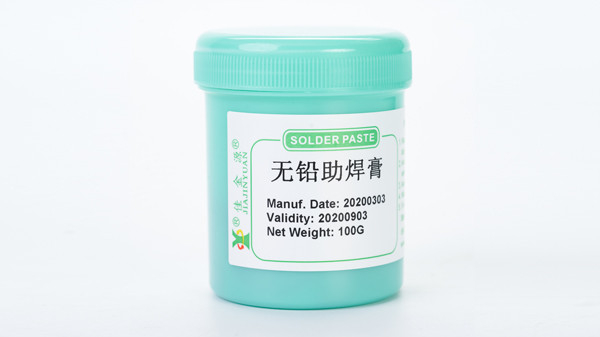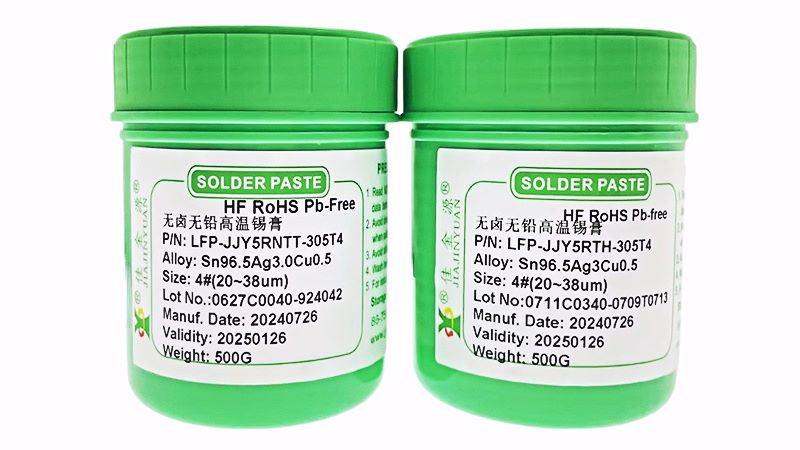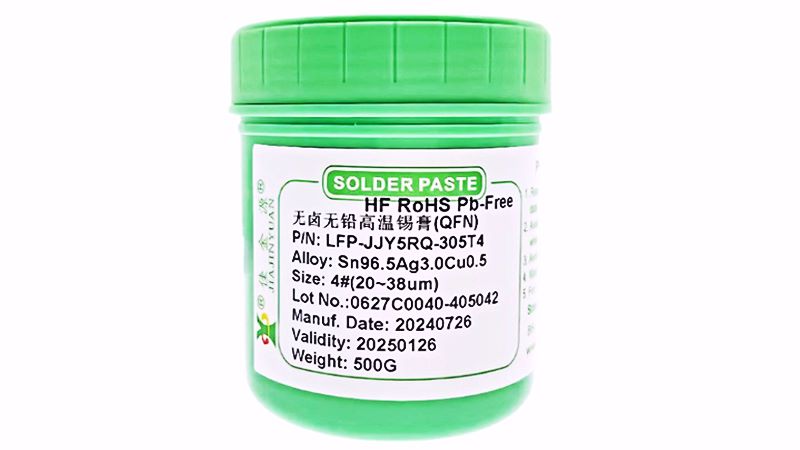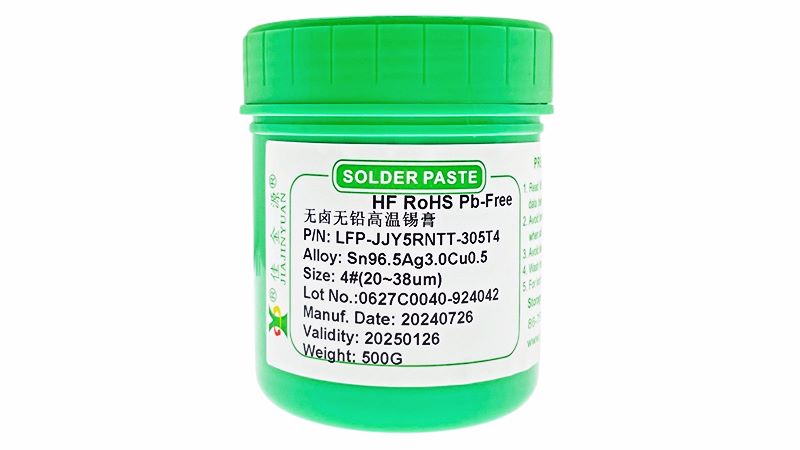inSMTSolder pasteIn the welding process, most manufacturers are confronted with various problems such as solder beads, residues, false soldering, cold soldering, missed soldering, and false solderingSMTPoor manufacturing process. Some friends can't tell the difference between them because the problems of these bad phenomena all seem to be the same, so they can't find the correct solution:Now, the solder paste manufacturer will explain the definitions of these problem terms:

1False welding usually refers to the situation where it appears to be welded on the surface,In fact, it wasn't welded at all. Sometimes it is pulled by hand,The lead wire will be pulled out from the solder joint.
2False soldering refers to the situation where only a small amount of solder is soldered at the solder joint, causing poor contact and intermittent disconnection. False soldering and false soldering basically refer to the situation where the surface of the soldered parts is not coated with a tin layer in many aspects and the soldered parts are not fixed with tin. The main reasons are that the surface of the welded parts was not cleaned thoroughly or too little flux was used.
3Missed welding refers to the situation where a weld point should be welded but is not. There is too little solder paste, problems with the parts themselves, placement positions, and the time left after tin printing is too long... Such situations can also cause missed welds.
4Cold welding usually occurs when the tin-eating interface of the part does not have a tin-eating tape.(That is, the phenomenon of poor soldering). The flow soldering temperature is too low, the flow soldering time is very short, and there are problems with tin absorption... This can also cause cold welding.
5Solder beads, usually referring to other solder balls, may exceed the printed pad itself due to a series of factors such as collapse or compression before the solder paste is used for soldering. During the soldering process, these solder balls that exceed the pad fail to melt together with the solder paste on the pad and form independently on the electronic component body or beside the pad. However, the vast majority of solder beads occur on both sides of chip electronic components.
6Continuous soldering usually refers to several or more solder joints being combined together by solder, resulting in poor appearance and effect.
7"Not applying solder" usually refers to the situation where, during solder paste soldering, the electronic components that should be fully covered are only partially covered and not completely soldered.
8Tin blasting refers to the undesirable phenomenon in the solder paste soldering process where, after passing through the furnace, the solder paste often explodes and cracks, causing the electronic components to shift.
9In the reflow soldering process of surface mount technology, the surface mount components may have the defect of de-soldering due to warping.
10Residue, usually refers to the impurity residue deposited on the electronic board or steel mesh after solder paste soldering.





 Tel:+86 0755 88366766
Tel:+86 0755 88366766 Phone:+86 18938660310
Phone:+86 18938660310 Email:sales@jjyhanxi.com
Email:sales@jjyhanxi.com Address:13/F,12/F, Building No. B,Qinghu Technology Park,Qingxiang Rd.,Qinghu Community, Longhua Subdistrict,Longhua District,Shenzhen City,GUANGDONG Province,P.R.C.(518027)
Address:13/F,12/F, Building No. B,Qinghu Technology Park,Qingxiang Rd.,Qinghu Community, Longhua Subdistrict,Longhua District,Shenzhen City,GUANGDONG Province,P.R.C.(518027) Guangdong Public Security Backup 44030902002666 name
Guangdong Public Security Backup 44030902002666 name
 WeChat
WeChat WeChat official account
WeChat official account
